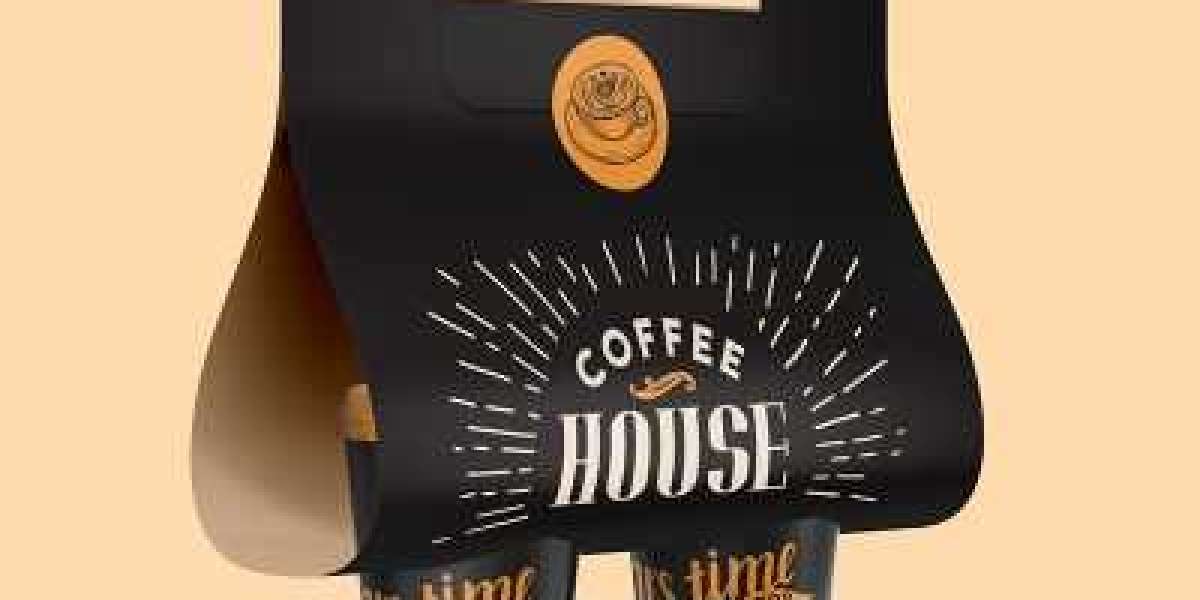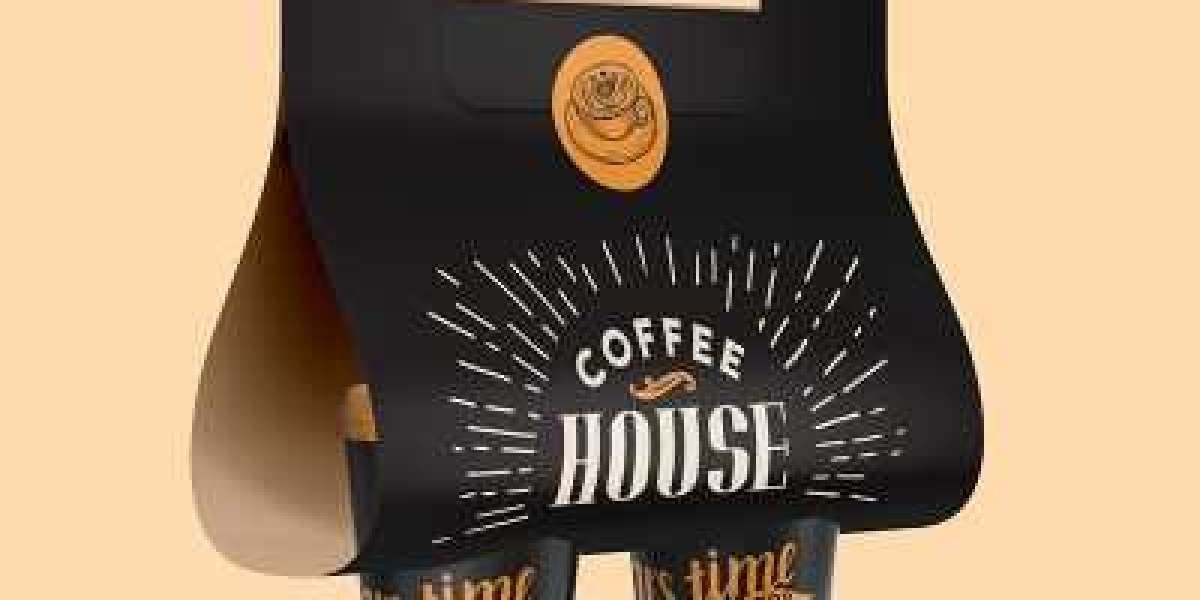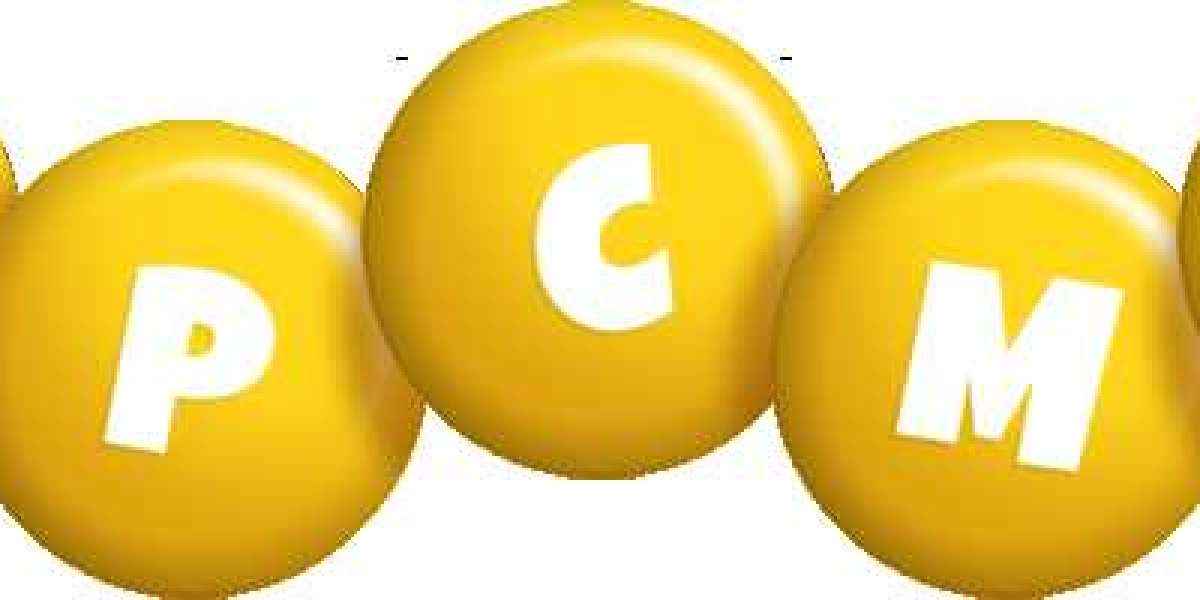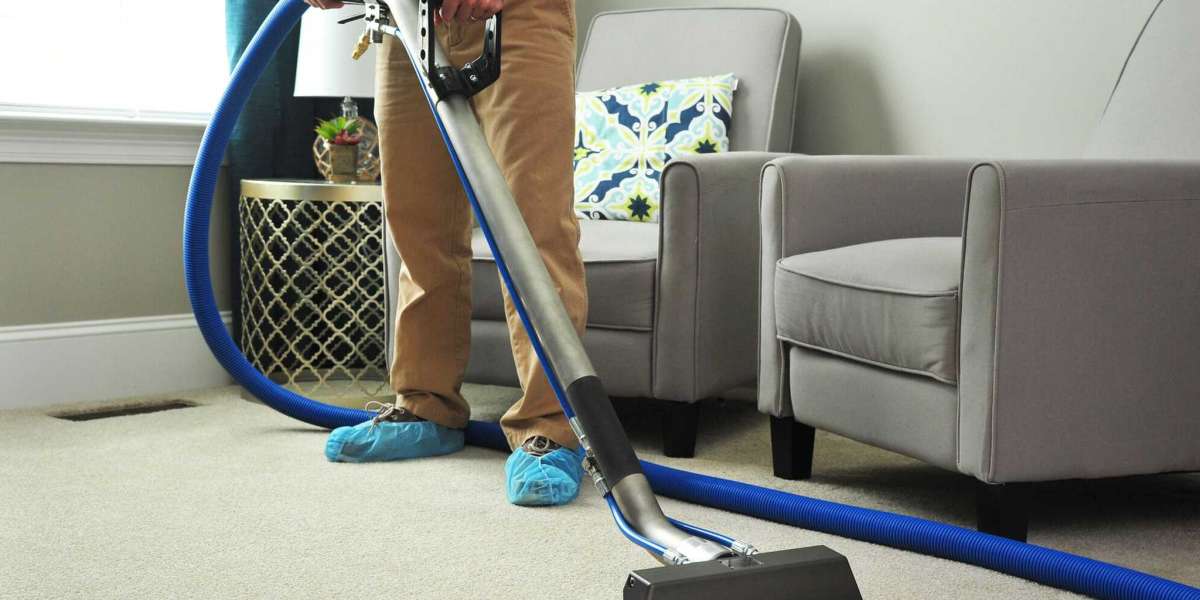The popularity of coffee shops has made takeaway coffee cups a key branding tool. Every cup carried through streets, offices, and events doubles as a mobile advertisement, reinforcing brand recognition and customer loyalty. Yet, traditional single-use cups raise environmental concerns due to plastic linings and excessive waste. Businesses are now under pressure to adopt eco coffee cup printing solutions that address both branding requirements and sustainability. Customers expect more than just a stylish design; they want reassurance that the materials and inks used reflect environmental responsibility.
The importance of eco coffee cup printing
Sustainability is no longer an optional extra; it has become a decisive factor in customer perception. With rising awareness about climate change and plastic waste, consumers favour businesses that make visible efforts to reduce environmental impact. Choosing eco-friendly materials and inks in coffee cups printing demonstrates responsibility, enhances trust, and can influence purchasing decisions. Brands that prioritise eco coffee cup printing position themselves as forward-thinking, responsible, and aligned with global efforts to cut waste.
Eco-friendly materials for coffee cups
Recycled paperboard
One of the most common sustainable materials is recycled paperboard, often made from post-consumer waste. It reduces reliance on virgin materials while maintaining durability. For brands, this offers cost-effective access to strong cups that can still carry attractive designs. Customers are likely to appreciate the use of recycled sources, especially when it is clearly labelled on the cup.
Compostable PLA and biodegradable liners
A major challenge with coffee cups lies in the plastic lining that prevents leaks. Traditional polyethylene is non-biodegradable, making recycling difficult. An alternative is PLA, a plant-based liner that is compostable under industrial conditions. It performs well under heat, offers durability, and gives businesses a greener solution that aligns with waste reduction goals.
Bamboo fibre and bagasse
Renewable resources such as bamboo fibre and bagasse (sugarcane pulp) are growing in popularity. Both materials are biodegradable, compostable, and derived from fast-growing plants, making them more sustainable than paper from virgin sources. They also deliver sturdiness, helping customers enjoy their drinks without worrying about leaks or collapse.
Recyclable sleeves and lids
Recyclable sleeves protect hands from heat while providing extra space for branding. Using eco inks on these sleeves complements sustainable messaging, especially when paired with recyclable or biodegradable lids. This combination ensures that the entire coffee-drinking experience supports environmental responsibility.
Business Benefits of eco coffee cup printing
Investing in eco-friendly printing is not just about meeting customer expectations; it also delivers long-term business advantages:
- Enhances corporate social responsibility credentials, showing commitment beyond profits.
- Improves brand reputation, making customers more likely to recommend and remain loyal.
- Meets compliance with increasingly strict environmental regulations across packaging sectors.
- Offers marketing opportunities through storytelling about eco choices.
- Attracts environmentally conscious customers, a demographic that continues to grow.
- Positions the business as a leader, especially when competitors remain reliant on non-sustainable practices.
Eco-friendly inks in coffee cup printing
Water-based inks
Water-based inks contain fewer harmful chemicals compared with solvent-based alternatives. They produce vibrant colours, are safer for food contact, and release fewer volatile organic compounds (VOCs). For businesses, these inks offer an environmentally sound way to achieve strong branding results.
Soy-based inks
Soy-based inks are derived from renewable soybean oil and have a lower environmental impact. They offer excellent colour vibrancy and are biodegradable, making them a top choice for eco coffee cups printing. Additionally, their renewable origins appeal to customers who value natural, plant-based solutions.
UV-cured inks
UV-cured inks are cured instantly under ultraviolet light, reducing waste and drying times. Their lack of solvents makes them more eco-friendly than traditional options. For brands with high-volume printing needs, they provide an efficient and sustainable choice.
Practical tips for businesses adopting eco printing
For businesses considering eco coffee cup printing, the transition can be simplified by keeping several practical points in mind:
- Select materials that balance eco credentials with affordability, ensuring scalability.
- Work with suppliers who provide certifications, ensuring credibility and transparency.
- Keep designs versatile to allow reuse across multiple campaigns, reducing waste and cost.
- Use sleeves or inserts for seasonal promotions instead of redesigning entire cups.
- Educate customers by including short sustainability messages, QR codes, or logos on packaging.
- Monitor customer feedback to improve material choices and ensure designs meet expectations.
Customer expectations and market trends
Demand for sustainability
Modern consumers prioritise sustainability. They actively seek businesses that show genuine commitment to the environment. Eco-friendly coffee cups serve as proof of these values, allowing customers to feel that their purchase supports a larger purpose.
Practicality and functionality
Eco solutions must still deliver performance. Customers expect cups to retain heat, resist leaks, and remain sturdy while being easy to recycle or compost. Any compromise on functionality can lead to dissatisfaction, even if the product is environmentally friendly.
Brand transparency
Customers are increasingly conscious about greenwashing. They look for certifications such as FSC approval, compostable logos, or recycling labels. Transparency in labelling reassures them that the cup is genuinely eco-friendly and not just marketed as such.
Engagement and social sharing
Customers like sharing sustainable packaging on social media, particularly when designs are stylish and unique. By combining eco principles with creative designs, businesses gain organic visibility. This effect is further strengthened when coffee cups printing includes clear messages about the brand’s eco journey.
Design and branding considerations
Adopting eco materials and inks does not mean compromising on design quality. Brands can achieve striking effects while staying sustainable by following a few principles:
- Keep designs simple and impactful, which reduces ink consumption without losing visual appeal.
- Choose fonts and colours that remain legible and clear, particularly when applied on recycled paperboard or compostable surfaces.
- Incorporate natural textures and earthy tones, which align well with eco values and customer expectations.
- Use QR codes or short digital links to replace heavy printing, directing customers to online campaigns or promotions.
- Leverage box sleeve printing to add temporary promotions or seasonal campaigns, keeping the main cup eco-friendly and reusable.
Conclusion
Eco coffee cup printing represents more than a design trend; it is an essential step towards responsible branding. By choosing sustainable materials, eco-friendly inks, and practical designs, businesses can satisfy customer expectations while protecting the environment. The balance between functionality and sustainability is vital, as customers demand cups that are not only green but also reliable. Brands that adapt now will future-proof their reputation and enjoy stronger connections with eco-conscious audiences. At VC Print, we believe in helping businesses achieve both outstanding branding and sustainable impact, offering solutions that combine creativity, quality, and responsibility in equal measure.









